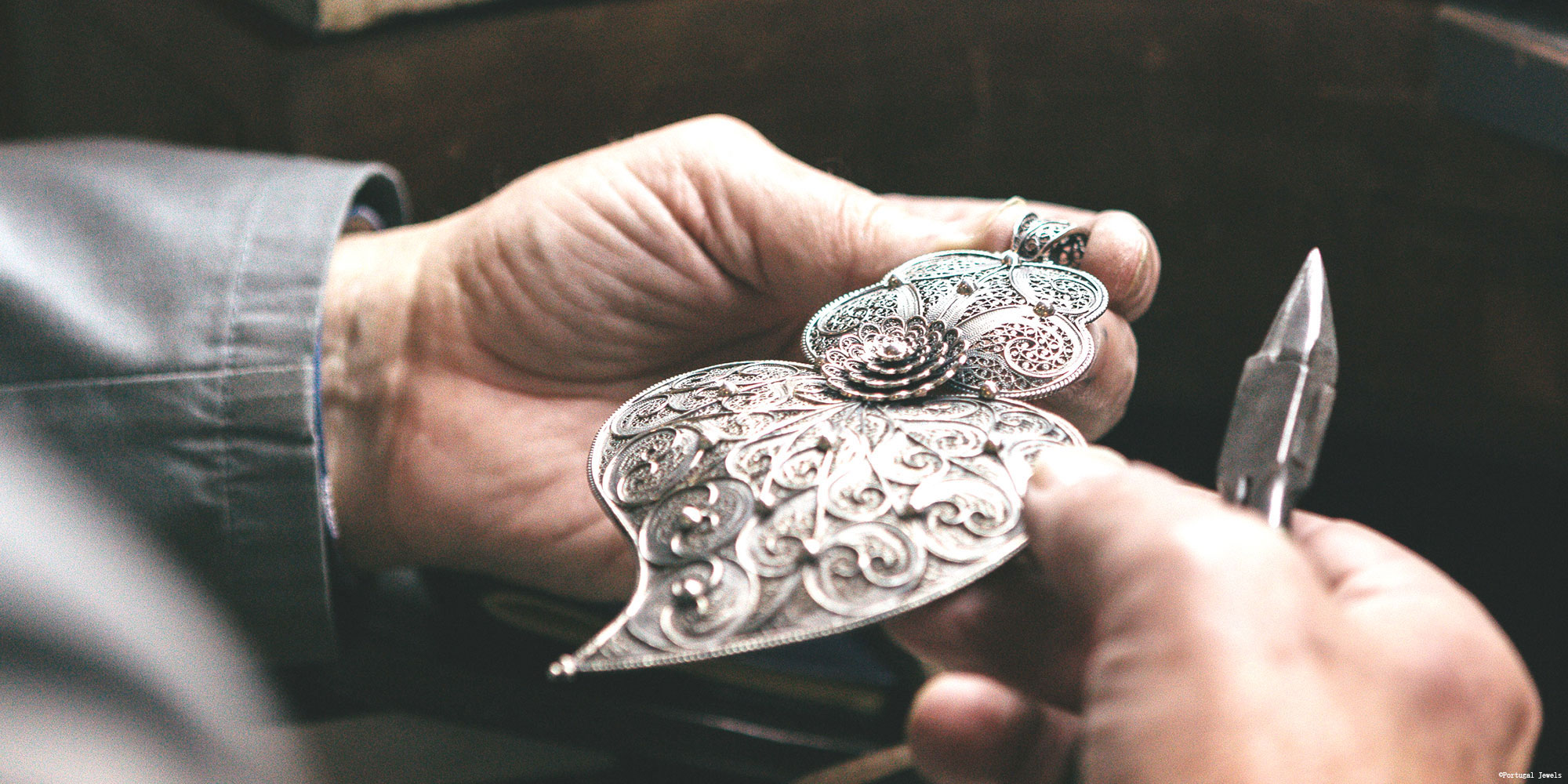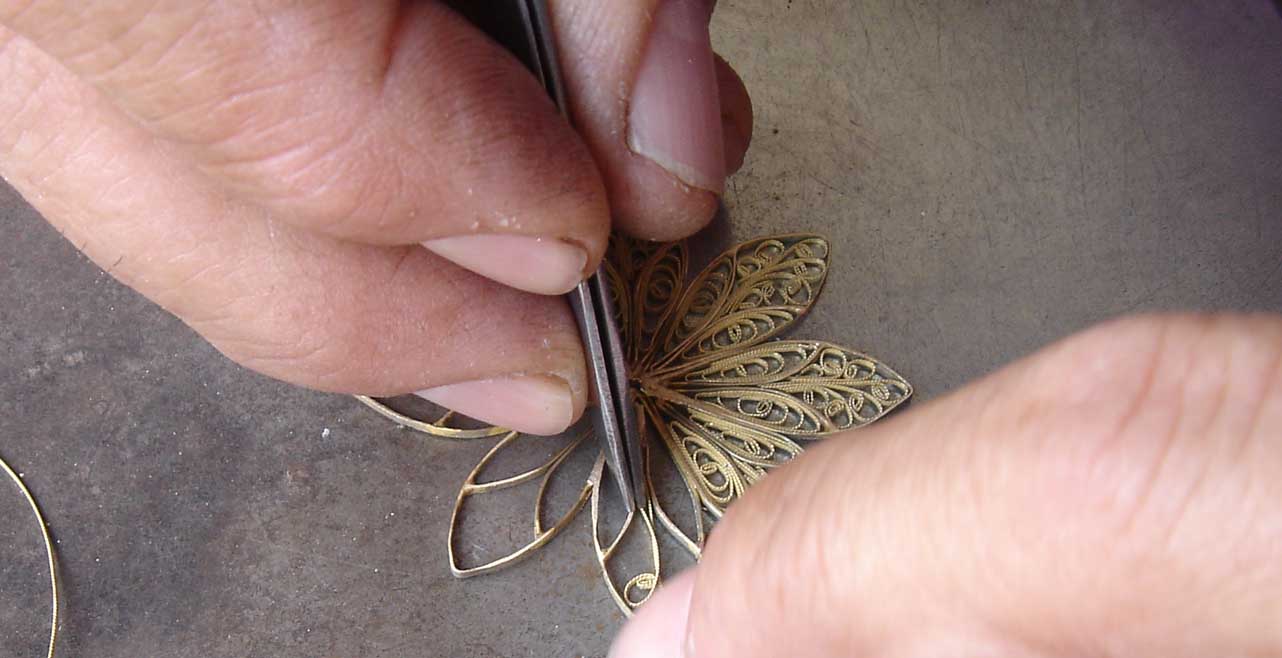Filigree art, an intricate metalworking technique, started its origins to the ancient civilizations of Mesopotamia and Egypt, dating back over 5,000 years. This craft involves twisting and weaving fine threads of gold, silver, or other metals into delicate patterns that often mimic lace. Archaeological discoveries reveal that the earliest examples of filigree were made for royal jewelry, religious artifacts, and ceremonial objects, showing its role in wealth and status. In Mesopotamia, filigree was used to create intricate decorations for headdresses and ceremonial ornaments, while Egyptian artisans integrated it into their exhibitions of sacred gods, guaranteeing that filigree became synonymous with wealth and spirituality.
The technique gained fame during the classical eras of Greece and Rome, where it was turned into an art form of unparalleled elegance. Greek artisans introduced more fluid and naturalistic designs, creating filigree pieces inspired by nature, such as floral motifs and vines. In Rome, the use of filigree expanded to include decorative elements in household items and coins, reflecting its adaptability and popularity. The Romans also developed bonding techniques that improved the durability of these delicate designs, allowing filigree to last as a symbol of fine craft. Filigree was not merely an artistic effort but also a testament to the technical expertise of these ancient cultures.
During the medieval period, filigree opened in Europe, particularly in the Iberian Peninsula and Italy, as part of the burgeoning Gothic and Renaissance artistic movements. The influence of the Moors in Spain brought Islamic geometric patterns into filigree art, blending cultures and styles. Italian jewelers, particularly in regions like Venice and Florence, elevated filigree to new heights, creating detailed jewelry and religious artifacts that were as much a testament to their faith as their artistic creativity. These designs often featured complex patterns combined with gemstones, demonstrating a precise attention to detail and a respect for beauty.


In the Renaissance and Baroque periods, filigree art underwent further renovations, becoming a symbol of wealth and aristocratic taste. The delicate nature of the designs made them highly desired after, and the use of fine metals and gemstones grew the art form to an even higher level of prestige. As time went on, filigree art continued to grow, particularly in places like Portugal, Poland, and Latin America, where it was incorporated into cultural traditions and local crafts. Despite the industrial revolution and the rise of mass production in the 19th century, filigree art remained a cherished tradition, with many artisans passing down their skills from generation to generation. Today, the art form continues to be celebrated worldwide, with contemporary artists and jewelers keeping the old technique alive.

